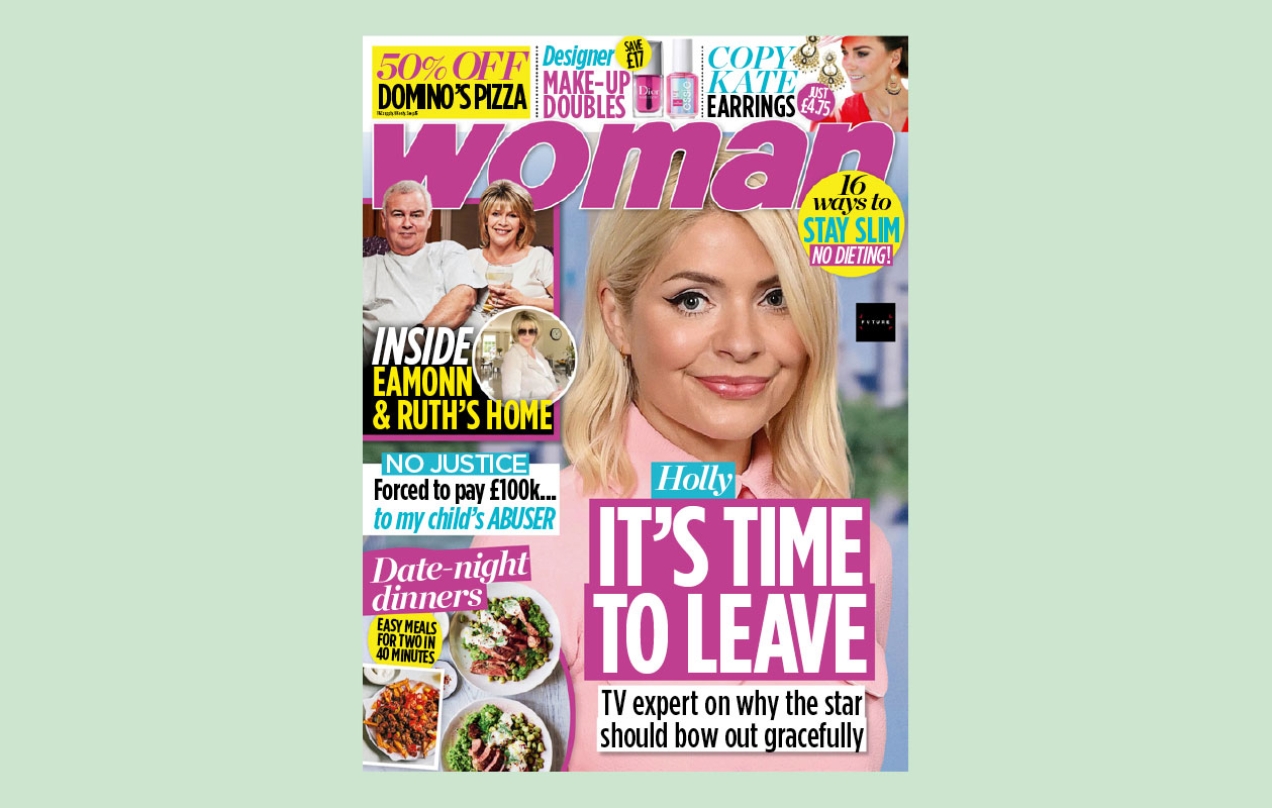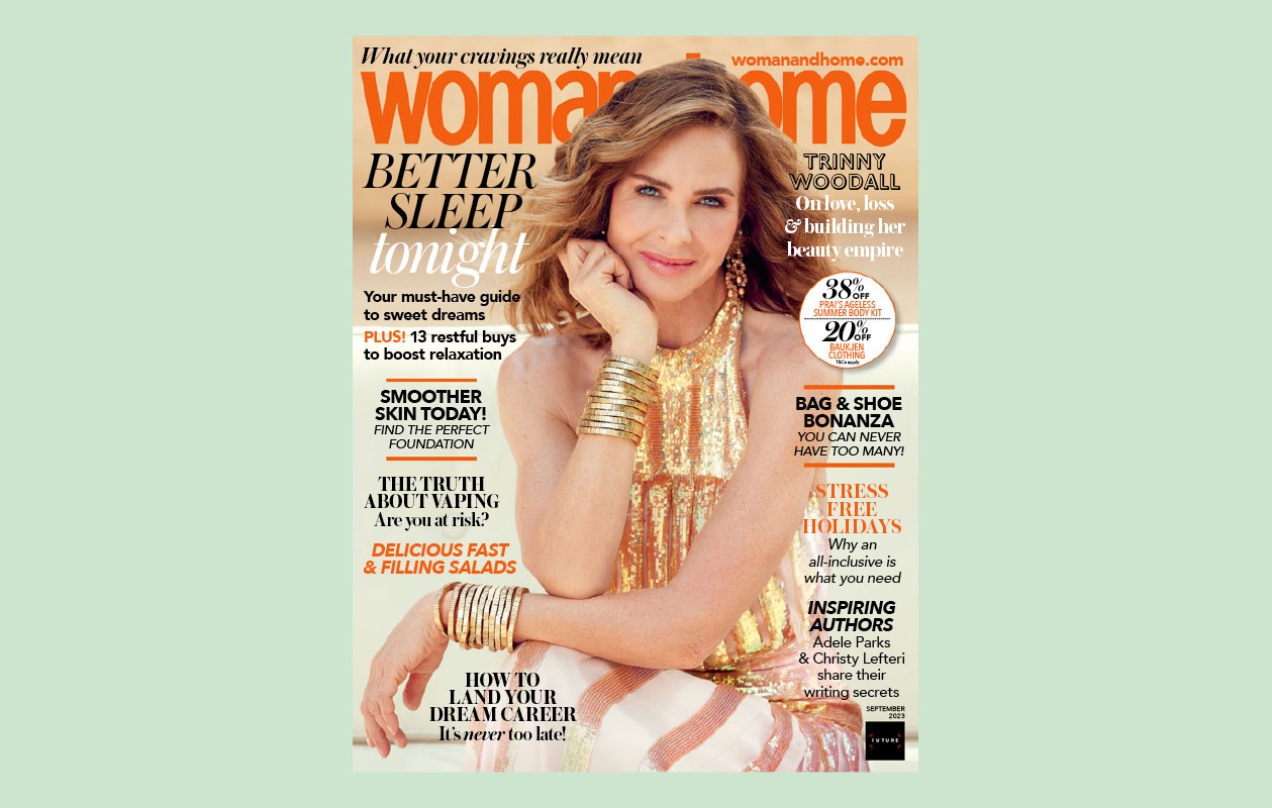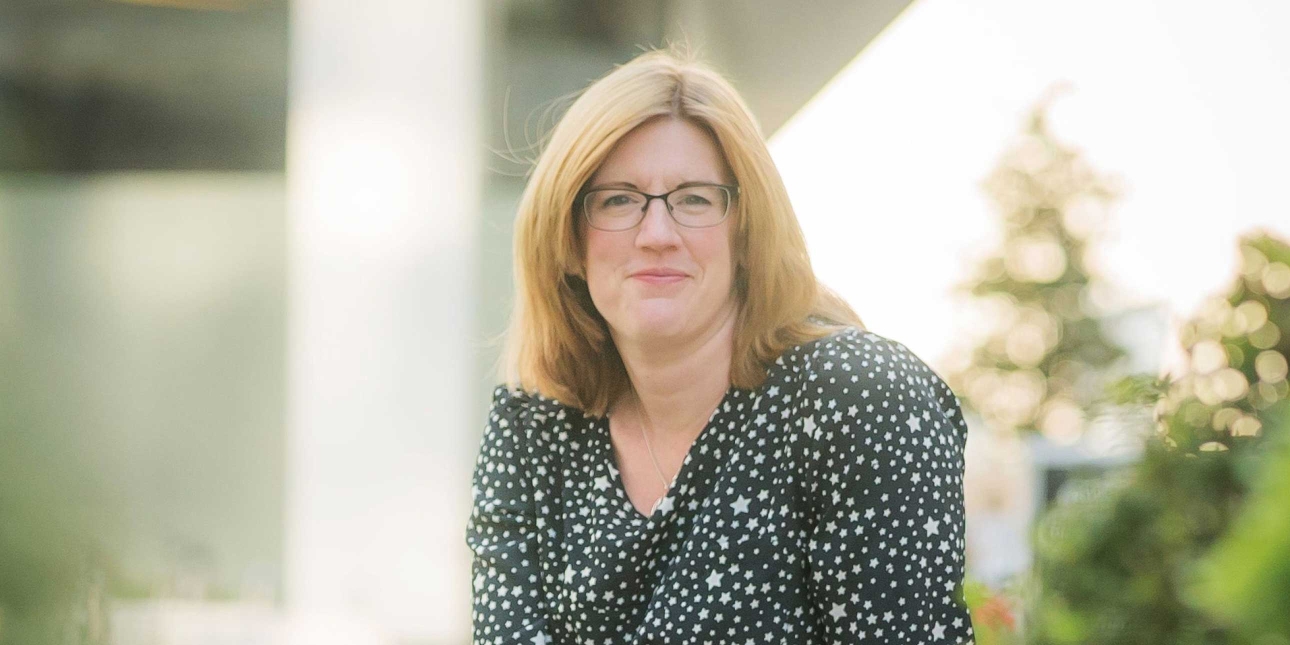Charlotte Richards, lifestyle content director of Future’s women’s magazines
Charlotte Richards talks to Behiye Hassan about her passion for magazines, transitioning from a junior sub editor to becoming Lifestyle Content Director at Future – and why her readership, ‘The Heart of Britain’, really hold the UK’s purse strings…
I always loved magazines, even as a child. So straight after I graduated from the University of Liverpool with a BA in combined Social and Environmental Sciences, I did a magazine training course. I was very lucky to get a job straight out of college as a junior sub editor on Sugar magazine. I learned so much about the business and making magazines, and went on to writing, editing, and becoming a chief sub.
Teen magazines at the time were really exciting. Which is kind of funny, because the teen publishing world doesn’t even exist anymore. Then, Sugar magazine was this massive phenomenon, selling nearly half a million copies a month. I know a lot of people who started in teen mags who’ve gone on to really succeed in our industry. I think it was partly down to very creative young people getting responsibility quite early. It gave you a really good grounding in publishing.
I went freelance after being at Sugar for eight years because I wanted to focus more on writing. It was a time when celebrity and weekly magazines were massive – Heat was huge. I did a lot of freelancing for weeklies, some TV mags, some celebrity mags, some real-life mags and got into a different area.
“We connect deeply with our readership, and they trust us”
I made the move into women’s magazines when I got became an associate editor at Woman Magazine. And my career with a portfolio of titles really started there. I started to specialise in health, wellbeing and lifestyle, and launched a fitness magazine called Fit and Well. Later, I launched a gardening magazine, as part of my job was to identify clever uses of content and resources we already had.

Woman
Three years ago, I ended up landing my current role, content director. In my time here, the company and brands have been through a phenomenal amount of change. Now we’re owned by Future, the biggest publishing company in the country. We’ve had to move and pivot the way we work to really reflect the changes in the industry. Now, I manage five teams working across four weeklies and a monthly. Each team features areas of specialism such as fashion, beauty, food, homes, travel, health – they really know their stuff and have amazing contacts. Plus, they understand multiple audiences for all those different brands and work in a very efficient, strategic way to provide content in their specialist area for each of those titles, as well as print specials, one-shots and digital work with additional teams.
One of the great things about having these kinds of teams, is that they are real experts producing a high volume of quality content and original assets for lots of brands – which a lot of places in the business just don’t do anymore. For example, we still develop recipes in our bespoke test kitchen, the beauty team still shoots its own images, and we still have in-house photography.
When it comes to content, I’m led by my experts. I have an amazing team of content leads and they work with editors on a lot of the actual planning, commissioning and editing. My job as a manager is to support them and help them manage their teams, as well as work on the bigger picture content strategy to maximise assets and work with the commercial teams. And I work a lot with the editors to ensure they’re happy.
My job is about making sure we really understand our readers and our overarching strategy. We’re juggling so much: there’s supplements for the monthly and special issues in the weeklies, we’re already planning Christmas issues, and we plan individual features four to eight weeks in advance. But there’s always got to be a certain amount of topicality in there too. We’re always looking for new ways to engage our audiences, for example via newsletters and events.
I have to use our budget really smartly. If we’re creating recipes for Woman&Home, we adapt them for a weekly audience. So you might do something really impressive for a dinner party, then tweak it with a few shortcuts so it’s a recipe for a quick midweek meal. My teams are always thinking about the life of the content they create. It’s not about repeating things, but about being efficient.

Woman&Home
Our ad team has done an awful lot of research into our weeklies market for a really interesting project we call The Heart of Britain. We think the women who read our weeklies are underestimated, massively overlooked and not a fully understood market in the media generally. There are millions of these women in the UK, from the C1, C2, D and E demographic, mainly 40-plus, and they have phenomenal buying power. They’re incredibly influential and key in their communities. Their total income is between £33bn and £50bn, so it’s a lot. But what’s really interesting is we still have to remind people these amazing women are out there. They’re amazingly varied too: the Chat readership is slightly younger, and probably less affluent, while the Woman reader is quite aspirational, interested in trends and being on top of what’s new. Whereas Women’s Weekly is a publishing powerhouse, one of the bestselling magazines in the country, and has a very engaged, very active, connected older readership. Woman&Home lies outside of our Heart of Britain group. That’s our aspirational monthly magazine for ladies in their 40s, 50s and 60s. But even these women feel unseen or invisible.
“Older women are a fantastic powerhouse – and they’re valuable”
It does feel like the tide is turning. We’ve been talking to these women for decades and they play a huge role in society. We call them the ‘CEO of the household’: they decide what car the family is going to buy, or where they’re going to go on holiday. They hold the purse strings. And with more talk about the menopause, these women are becoming more empowered – and feeling heard. These people don’t just hold massive influence and buying power, they’re so interesting to work with and connect with.
Our readership is so loyal. Our print titles have such great subscription bases, it shows how we connect deeply with those people and how much they trust us. It’s all about encouraging them to continue investing with us. They’re the gold standard of customer and ideally, we want to work with brand partners who want to leverage that.
The weeklies readership is really exciting. It’s an amazing audience to work with – we’re always looking for more branded content and brand partnerships which align with our readers – and we love telling people more about them. It can be very easy to assume the exciting, interesting audiences you want to engage with are younger, but older women are just as fantastic a powerhouse – and they’re valuable. They buy stuff we recommend and they trust us – there’s real word-of-mouth sharing from our recommendations. Anything that’s targeted and explains why it will work for our readership is really helpful. Also, we’re very much in the 2024 strategy phase, so if you’ve got something, bring it to us right now! Otherwise, always get in touch at least a couple of months in advance. The Food Team is testing Christmas puddings as I speak! Oh, and read our titles!



